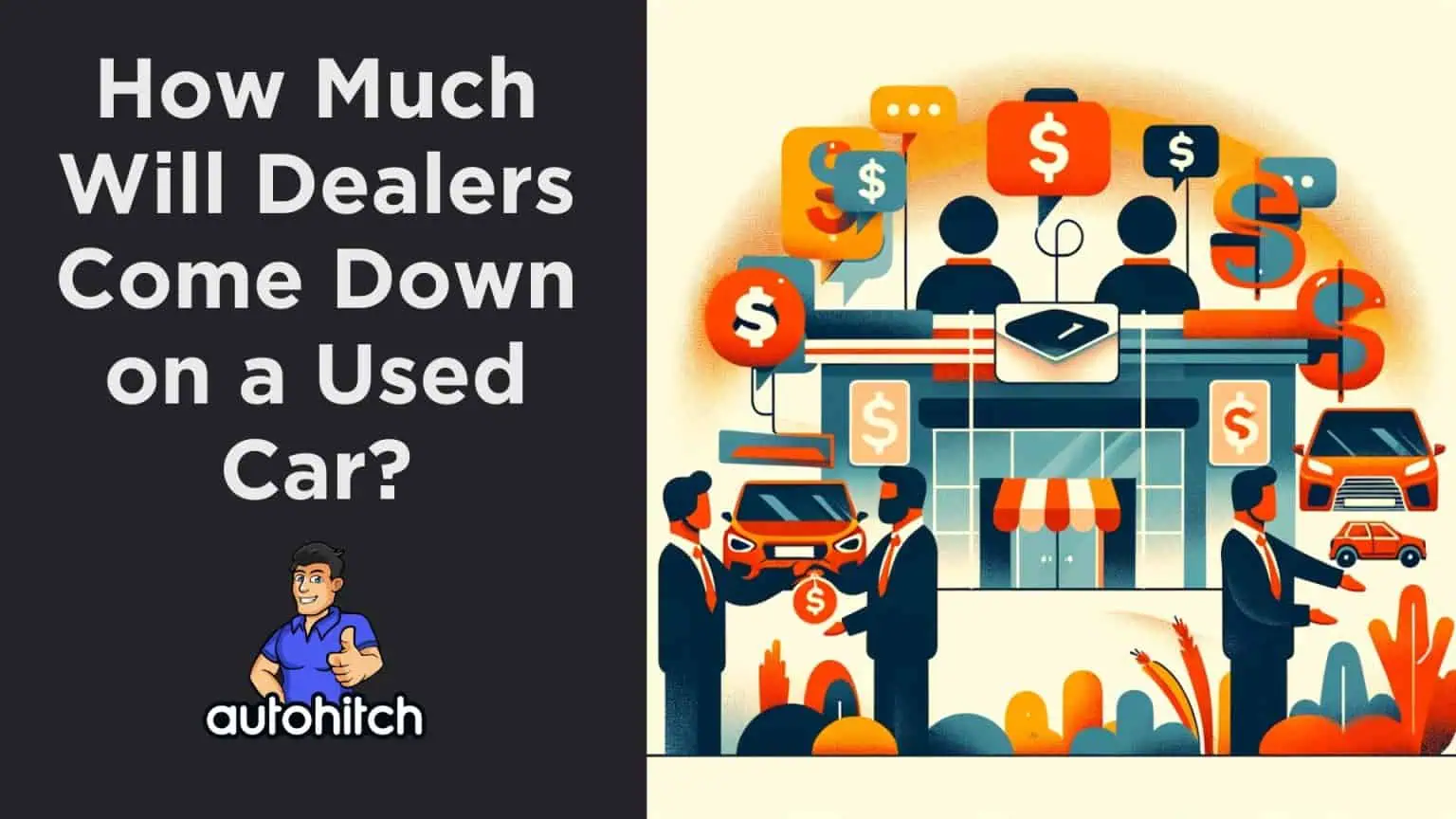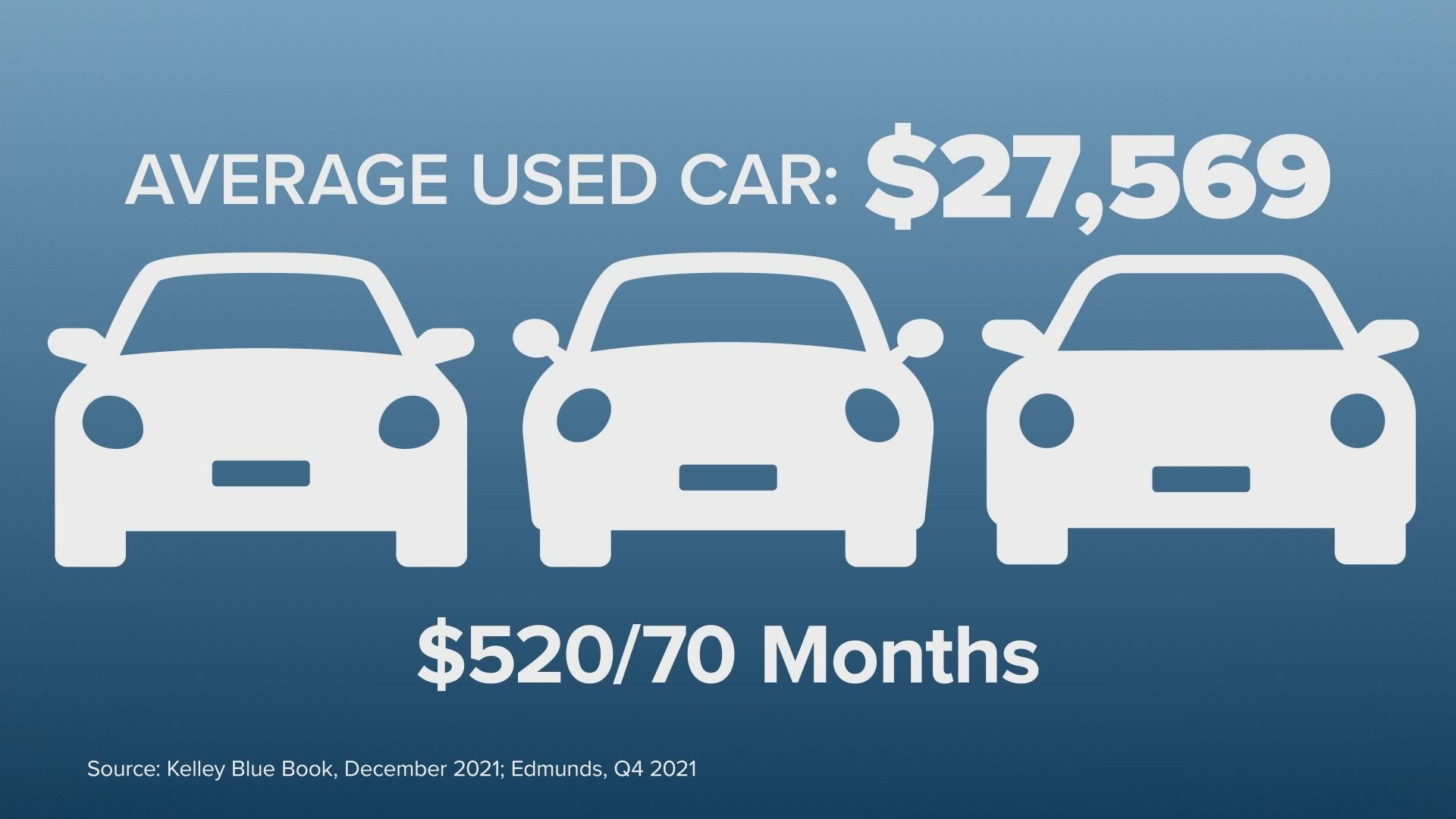How Much Will Car Dealers Come Down On Price Used

The used car market, once a haven for budget-conscious buyers, has been anything but predictable in recent years. Skyrocketing prices, fueled by pandemic-related supply chain disruptions and increased demand, have left consumers wondering if the days of haggling for a good deal are over. But as the market slowly recalibrates, the burning question remains: how much can car dealers realistically come down on price for a used vehicle in today's environment?
The ability to negotiate a lower price on a used car hinges on a complex interplay of factors, including inventory levels, vehicle age and condition, local market dynamics, and the dealer's individual pricing strategy. This article will delve into these elements, examining recent data and expert opinions to provide a realistic assessment of potential discounts and empower buyers with the knowledge to navigate the used car market effectively.
Current Market Conditions: A Shifting Landscape
The used car market is no longer in the frenzied state it was a year or two ago. According to data from Cox Automotive, used vehicle inventory levels have been gradually increasing, signaling a shift from a seller's to a more balanced market.
This increase in inventory provides buyers with more options and potentially greater bargaining power. However, it's important to remember that market conditions can vary significantly by region.
The Impact of Inflation and Interest Rates
High inflation and rising interest rates are also influencing consumer behavior. With borrowing costs increasing, demand for used cars has softened somewhat, placing downward pressure on prices.
This doesn't necessarily translate to drastic price cuts across the board, but it does mean dealers may be more willing to negotiate to move inventory.
Jonathan Smoke, Chief Economist at Cox Automotive, has noted that affordability is a major concern for many car buyers, making price negotiation even more crucial.
Factors Influencing Negotiation Range
Several factors determine how much a dealer is willing to lower the price. A vehicle's age, mileage, and overall condition play a significant role.
Cars with higher mileage or visible wear and tear are typically more negotiable. The availability of similar vehicles in the dealer's inventory and at competing dealerships is another crucial factor.
If the dealer has a large number of similar vehicles, they may be more motivated to offer a discount to clear out inventory.
Dealer Pricing Strategies
Dealers employ various pricing strategies. Some use a "no-haggle" pricing model, while others are more open to negotiation.
It's essential to research the dealer's reputation and pricing policies before starting negotiations. Understanding the dealer's markup on the vehicle is also helpful.
Edmunds suggests that knowing the average price paid for similar vehicles in your area can provide a strong starting point for negotiations.
Realistic Expectations for Discounts
While it's impossible to provide a single, definitive answer to how much a dealer will come down on price, here's a general guideline. In a balanced market, aiming for a discount of 3-5% off the listed price is often a realistic goal.
However, this range can vary significantly depending on the factors mentioned above. For older vehicles with higher mileage, a larger discount may be possible.
Conversely, for popular models in high demand, the dealer may be less willing to negotiate significantly.
Strategies for Successful Negotiation
Preparation is key to successful negotiation. Research the vehicle's market value using resources like Kelley Blue Book and Edmunds.
Obtain pre-approved financing to strengthen your bargaining position. Be polite but firm, and don't be afraid to walk away if the dealer isn't willing to meet your needs.
Consider focusing on the "out-the-door" price, which includes all taxes and fees, rather than just the vehicle's sticker price.
"Always be prepared to walk away. Knowing your limit and being willing to leave the dealership is a powerful negotiating tool," recommends Consumer Reports.
The Role of Certified Pre-Owned (CPO) Vehicles
Certified Pre-Owned vehicles often command a higher price than non-certified used cars. This premium is due to the manufacturer-backed warranty and inspection process associated with CPO programs.
While CPO vehicles may offer greater peace of mind, the potential for significant discounts may be more limited compared to non-CPO options.
However, it's still worth attempting to negotiate on the price of a CPO vehicle, particularly if you can identify any minor imperfections or if the vehicle has been on the lot for an extended period.
The Impact of Online Car Retailers
The rise of online car retailers like Carvana and Vroom has introduced a new dynamic to the used car market. These platforms often offer fixed pricing, eliminating the need for negotiation.
While this can be appealing to some buyers, it's essential to compare prices and consider factors like shipping costs and return policies before making a purchase. Furthermore, the financial stability of some of these online retailers has been questioned, so due diligence is critical.
CNBC has reported on the challenges facing some online car retailers, highlighting the importance of careful consideration when purchasing from these platforms.
Looking Ahead: Future Market Trends
The used car market is expected to continue to evolve as the global economy and automotive industry undergo further changes. The increasing adoption of electric vehicles (EVs) is likely to impact the used car market as more EVs become available and consumer demand shifts.
The availability of new car inventory will also continue to influence used car prices. As supply chain issues ease and new car production ramps up, the pressure on used car prices may further subside.
Staying informed about market trends and understanding the factors that influence pricing will be crucial for consumers looking to buy a used car in the years to come.
Ultimately, the amount a car dealer will come down on price for a used vehicle is highly variable. By understanding current market conditions, researching vehicle values, and employing effective negotiation strategies, buyers can increase their chances of securing a fair deal in today's used car market. It's a game of patience, research, and a willingness to walk away if the terms aren't right.








![How Much Will Car Dealers Come Down On Price Used How Much Do Dealerships Make On New Cars [2024]](https://www.autohitch.com/wp-content/uploads/2023/10/How-Much-Do-Car-Dealers-Really-Make-on-New-Cars.jpg)









